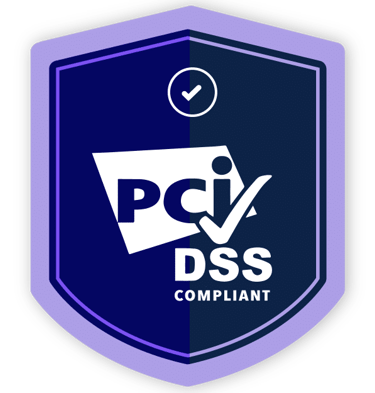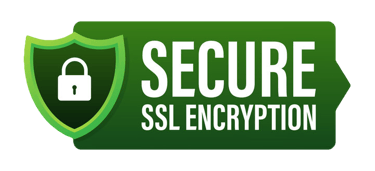Inpatient Hospice Survey Readiness: Documentation & Compliance Essentials
Ensure your hospice inpatient facility is survey-ready. Learn what documents and operational details surveyors require to validate compliance with CMS inpatient hospice standards.


Hospices that offer general inpatient (GIP) or respite care—either directly or through contractual arrangements—are subject to additional scrutiny during regulatory surveys. Ensuring documentation is complete, policies are up to date, and facility details are transparent is critical to demonstrating compliance and maintaining uninterrupted service delivery.
Below is a breakdown of what surveyors will expect when evaluating your inpatient hospice operations.
Inpatient Hospice Services: What Surveyors Will Review
Surveyors will assess where and how your agency delivers inpatient care. This includes whether care is provided directly within a hospice-owned facility or through a contractual agreement with another healthcare provider.
Inpatient Care Documentation
For facilities that provide direct inpatient hospice care, be prepared to present:
Current inpatient census with:
Level of care: GIP or respite
Admission date
Primary diagnosis
Reason for admission
Log of the last 30 days of inpatient admissions, including:
Admission and discharge dates
Reason for admission
Diagnoses at admission
This information helps surveyors determine medical necessity and appropriate service level classification.
Nursing Staff & Facility Operations
Survey teams will examine staff availability and facility operations to ensure consistent and qualified care delivery.
Documents to Have Ready:
Nursing staff schedules (licensed and registered) for the past 30 days
Visitor policy outlining current access regulations
Emergency water source information (a verbal explanation is sufficient)
Up-to-date facility floor plan
Mealtime schedules and dining room locations
Medication administration practices:
Times of administration
Locations of med carts or locked storage
List of Interdisciplinary Group (IDG) personnel, including:
Roles
Locations
Contact numbers
Restraint & Seclusion Records
Agencies must show transparency in how they manage behavioral safety. Surveyors will request:
Log of any patients placed in restraints or seclusion over the past 12 months
Policies and procedures related to restraint and seclusion use
This ensures adherence to patient rights and trauma-informed care practices.
Electronic Health Record (EHR) Access
Surveyors will need full access to all inpatient residents’ medical records, regardless of location. Important considerations include:
Ensure no sections of the medical record are withheld, even if they reside outside the conference room environment.
Provide clear instructions or live support to help surveyors navigate your EHR system effectively.
If the entrance interview did not take place at the inpatient location, confirm that all relevant records and facility information were still made available.
Additional Facility-Level Requirements
Surveyors may also request:
Addresses of all locations where inpatient services are rendered
Written agreements with facilities if care is provided under arrangement
Patient care protocols, including emergency preparedness within the inpatient setting
Make sure all facility-related details are accurate, recent, and reflect the most current operational conditions.
Conclusion: Inpatient Survey Success Starts with Preparation
General inpatient and respite care services are a cornerstone of quality hospice delivery—but they come with rigorous compliance responsibilities. Ensuring your agency has all inpatient documentation, staff schedules, policies, and electronic records in order can make the difference between a seamless survey and compliance challenges.
Keep this checklist updated and conduct regular mock surveys to stay ahead of regulatory expectations.
Links:
Hospice Conditions of Participation – 42 CFR Part 418 (Including GIP & Respite Requirements)
CMS State Operations Manual – Appendix M (Hospice Survey Guidance) Includes survey procedures for inpatient hospice, facility review, GIP/respite documentation, staffing, EHR access, and contracts.
CMS Hospice Care Levels Definitions (GIP, Respite, CHC, RHC)
Medicare Benefit Policy Manual – Chapter 9: Coverage of Hospice Services Includes requirements for inpatient levels of care, medical necessity documentation, staffing, and facility conditions.





